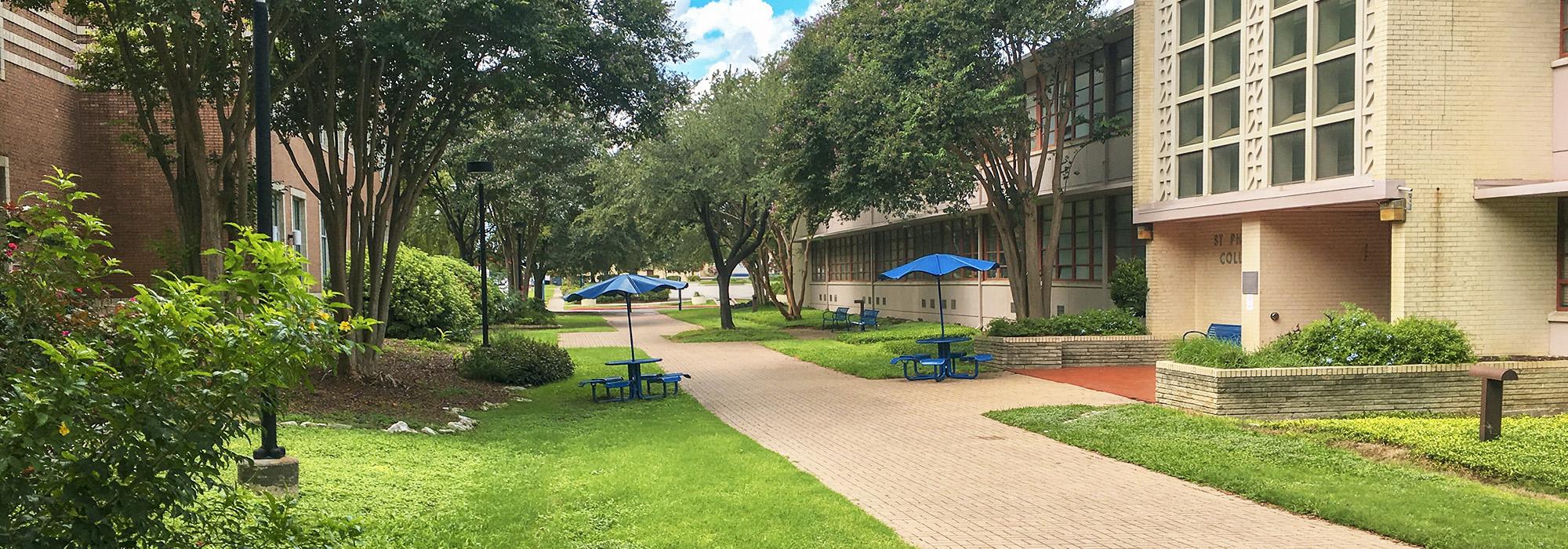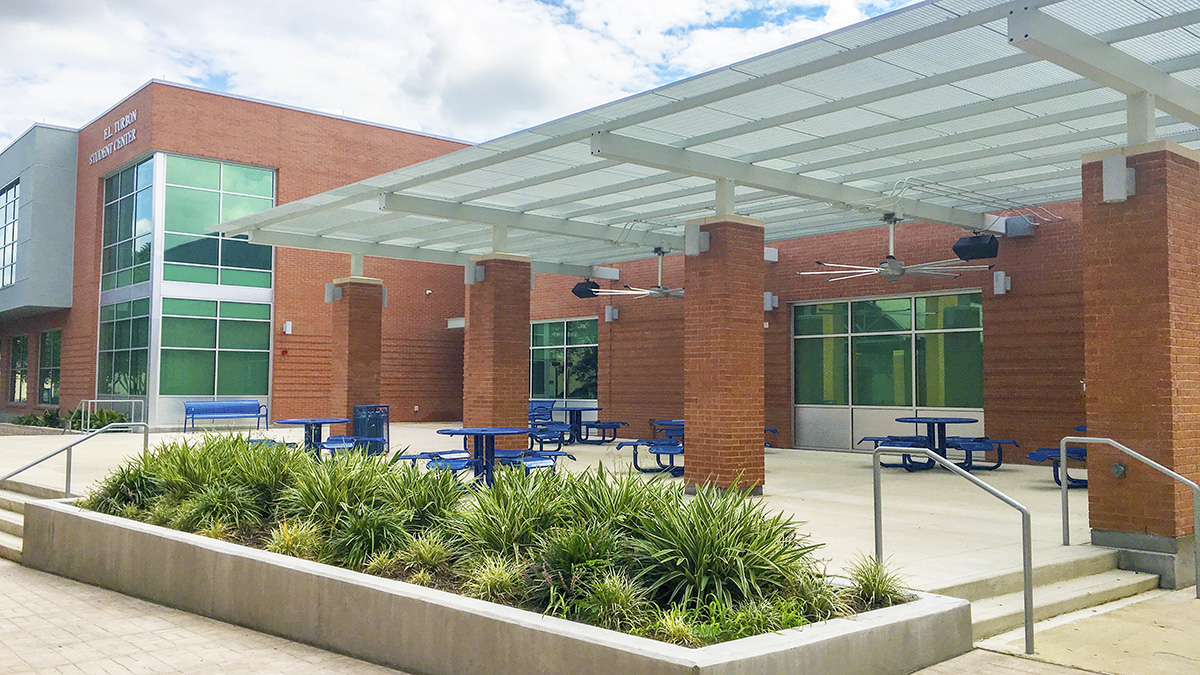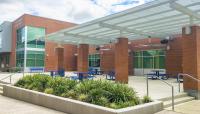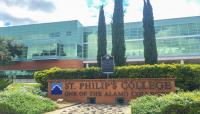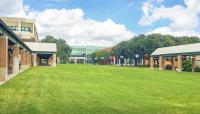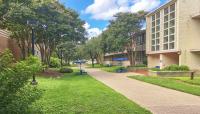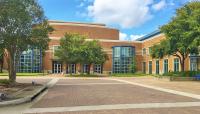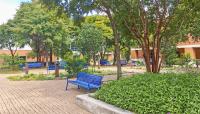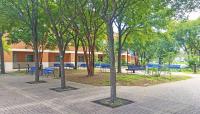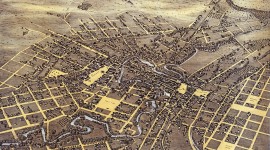Landscape Information
Founded in 1898 by James Steptoe Johnston, the bishop of the Western Texas Diocese of the Protestant Episcopal Church, the college was first established as a Christian-oriented school for African Americans in a single adobe structure at 306 La Villita. The curriculum evolved from a sewing class (serving six girls) to a vocational school operated under the leadership of Artemisia Bowden (the daughter of a formerly enslaved person), who served as principal and teacher for 52 years, beginning in 1902. In 1917 the school moved to its present location on San Antonio’s east side, where, in 1927, it would expand to become a junior college serving the African American community. After the 1954 Brown v. Board of Education decision, the college began serving students of all ethnicities.
Bounded by Martin Luther King Drive on the south, Montana Street on the north, Gevers Street on the west, and Walters Street on the east, the campus occupies approximately fourteen city blocks within the area’s orthogonal street-grid. Expansive parking lots with medians planted with shade trees are located on the northern, western, and southern edges of the grounds, whose core in the northern campus comprises a tripartite, grass quadrangle partially lined with live oaks and surrounded by the college’s academic buildings. A wide, tree-lined walkway separates the north and south campuses, an oval garden with a large shade tree at its midpoint. Other areas between buildings are filled with brick-paved plazas or walks, often bordered by manicured lawns. The campus’ south entrance is marked by an expansive, brick-paved roundabout with a square garden at its center, planted with six crepe myrtles.



